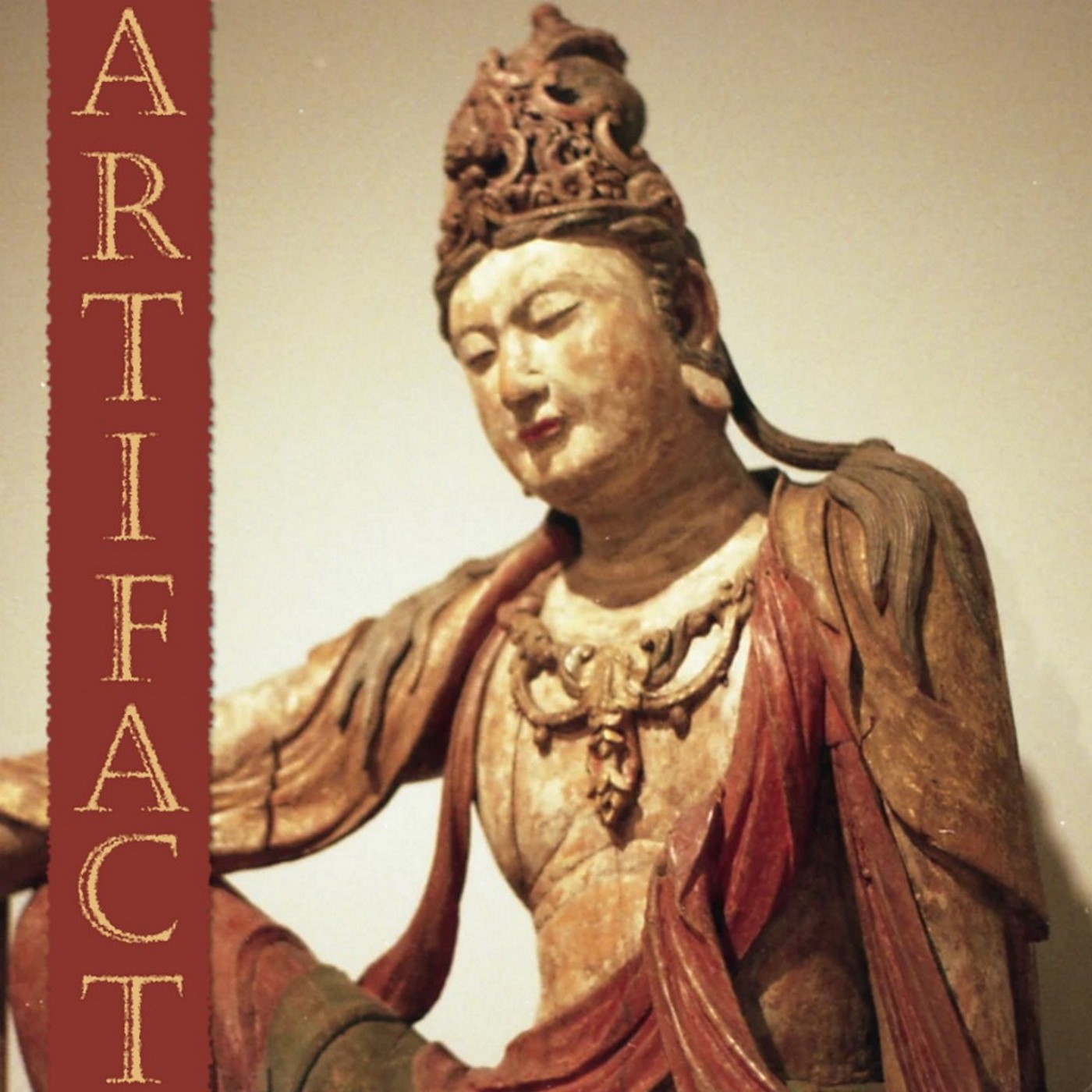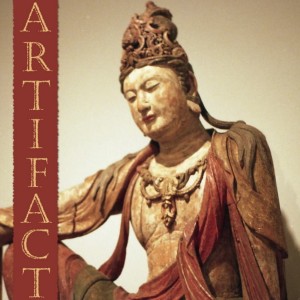
9.1K
Downloads
64
Episodes
The ArtiFact Podcast is a long-form show on books, culture, painting, and music hosted by Alex Sheremet, Joel Parrish, and a revolving door of co-hosts and guests. Each subject is covered in depth and at length, with past shows featuring the Epic of Gilgamesh, Charles Johnson's "Oxherding Tale", Leonard Shlain’s "Art & Physics", John Williams's "Stoner", and more. Opinionated, controversial, and prone to making enemies and friends of friends and enemies, ArtiFact delivers new perspectives on the arts by artists of talent.
Episodes

Wednesday Oct 06, 2021
Wednesday Oct 06, 2021
Like cinema, photography is a recent art form which has had to “prove itself” to a skeptical audience. After Louis Daguerre created the daguerreotype, photographers grew increasingly sophisticated, experimental, and art-minded, and soon a photographic language developed. Early photographers like Alfred Stieglitz and Robert Demachy were surprisingly modern, while contemporary photographers, like Fan Ho, Vivian Maier, and Alexey Titarenko, continued to innovate into the 21st century.
What are some cues for better adjudicating photographs and photographic art? What is the relationship between cinema and photography? Can (or should) cinematic stills be great photographs? What is the “discretionary” part of the artistic process, and what does photographer Joel Parrish have to say about the thought process behind his own work? Alex Sheremet and Joel Parrish discuss this, ending with the photography and films (Once Upon A Time In Anatolia, Winter Sleep) of Nuri Bilge Ceylan.
Photographers covered: Alfred Stieglitz, Robert Demachy, Fan Ho, Masahisa Fukase, Vivian Maier, Sohei Nishino, Alexey Titarenko, Edmund Teske, Nuri Bilge Ceylan, Joel Parrish.
You can also watch ArtiFact #20 on the automachination YouTube channel: https://youtu.be/CHcy2nQRTiA
Timestamps:
0:24 – introduction; Joel Parrish as photographer; claims for greatness among the earliest photographers; does art have a self-regulating function?
9:52 – Joel on the history of photography, tension + fear between the world of painting and photography, & how photography demanded that it be taken seriously as an art-form
28:20 – how should we look at photographs? what makes it a viable art-form? Alex and Joel offer abstract and pragmatic answers from cinema, painting, and more; why cinema stills are a good short-cut for understanding photography; the “discretionary” artistic process & what this entails
53:21 – Alfred Stieglitz (1864 – 1946): one of the breakout “art-first” photographers; married to George O’Keeffe & involved with High Modern artistic circles; good title conventions; landscapes, portraiture, lite abstraction, borrowings from Impressionism & other diverse work
01:16:45 – Robert Demachy (1859 – 1936): highly modernist in approach; pioneered post-editing with painterly, sfumato, and other effects; portraiture, staged and unstaged shots, and other artistic techniques; why staging works much better with highly edited shots; Joel presents Demachy’s lesser-known work from his photography books
01:40:14 – Fan Ho (1931 – 2016): Alex’s (new) favorite photographer & one of the greatest photographers ever; documenting life in Hong Kong; stark use of black/white contrasts for unexpected effects; great use of abstraction, geometry, conceptualization, and symbolism
02:07:07 – Masahisa Fukase (1934 – 2012): similar to our take on Hokusai’s 36 Views of Mt. Fuji, Fukase’s “raven” photo series offers increasingly clever takes and inversions on a single subject: the raven; plus, a novel take on the concept of the photographic self-portrait
02:23:17 – Vivian Maier (1926 – 2009): recently discovered photographer who lived her life in obscurity; thousands of undeveloped photographs in documentary, self-portrait, abstract, and symbolic styles; Joel Parrish: ever since she’s been popularized, lesser photographers have ripped off her style and innovations
02:39:14 – Sohei Nishino (b. 1982): a photographer using innovative techniques to create “dioramas” and “dioramamaps” of cities; Joel Parrish explains just how much work this process entails
02:45:37 – Alexey Titarenko (b. 1962): most prominent for his depictions of Russia’s post-USSR collapse; how Titarenko uses time-lapse to make statements; why tapping Cuba and Havana makes sense as analogues to post-Soviet Russia, as if frozen in time
03:05:09 – Edmund Teske (1911 – 1966), Andre Kertesz (1894 – 1985), Josephine Sacabo, Michael Ackerman & Alec Soth
03:32:00 – Joel Parrish on his own photography, thinking process, artistic decisions, & more
03:58:08 – Chris Marker’s La Jetee (1962); how a movie can be shot using still images only; why there is still a great deal of cinematic scope in still images; La Jetee is full of individually great shots, irrespective of the broader film; why a great script is essential to a film like this
04:21:32 – Nuri Bilge Ceylan’s Once Upon A Time In Anatolia (2011) and Winter Sleep (2014); Ceylan as cinematographer & photographer; how cinematography ought to be tapped and discussed outside of comments re: a film’s “beauty”
Read the latest from the automachination universe: https://automachination.com
Read Alex’s (archived) essays: https://alexsheremet.com
Joel’s website: https://poeticimport.com
Tags: #photography, #NuriBilgeCeylan, #frenchfilm

No comments yet. Be the first to say something!